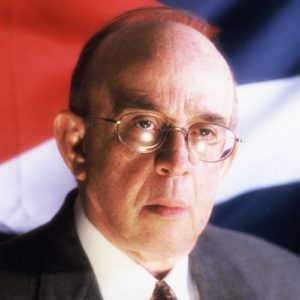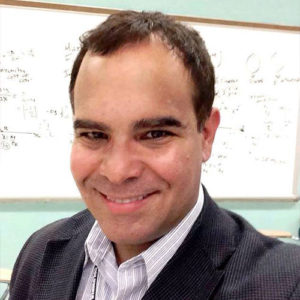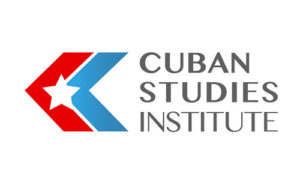Literacy
| Year | Literacy Rate [population aged 15 and over] |
| 1953 | 77.9 % |
| 2000 | 96.7 % |
| Sources: Alvarez et al., Estudio sobre Cuba (1963); UNESCO (2002) |
Basic Schooling
| Year | School Enrollment of Children Aged 5 – 14 |
| 1950 | 58.7 % |
| 1998 | 96 % [compulsory through grade 9] |
| Sources: Dudley Seers et al., Cuba (1964); UNESCO (2001) | |
Education in the 1950s: Enrollment Statistics
| 1956/57 | Primary School Enrollment* [Grades 1 – 6]
[*includes 117,000 in private schools] |
760,000 |
| 1958/59 | High School Enrollment* [Grades 7 -11**]
[*private schools not included / **terminal grade] |
63,000 |
| 1956 | University Enrollment*
[*private colleges and universities not included] |
27,500 (est.) |
| Sources: Seers et al., Cuba (1964); Alvarez et al.., Estudio sobre Cuba (1963) |
| Note: In 1955, Cuba’s total primary/secondary school-aged population consisted of 1.415 million children ages 5-14. The high school-aged population (15-19) stood at about 600,000 and the college-aged (20-24) at 546,000. The island’s total population was 5.829 million in 1953. Sources: Seers et al. (1964), Alvarez et al. (1963). |
Contemporary Enrollment Statistics
| Primary School Enrollment 2002/03 [Grades 1 – 6] | 873,700 |
| Secondary School Enrollment 2002/03 [Grades 7 – 9] | 992,000 |
| University Preparatory High School Enrollment 2003/2004 [Grades 10 – 12] | 131,000 |
| Vocational High School/Technical College Enrollment 2003/2004 [9th Grade + 2 – 5 years] | 316,000 |
| University Enrollment 2003/2004 Academic Year | 201,832 |
| Graduate University Enrollment 2003/2004 [Certificate/Diplomate Programs, Master’s, and PhD’s] | 15,000 |
| New University Graduates (2002) | 18,100 |
| New Ph.D. Graduates (2002) | 332 |
| Sources: Cuba, MINED and MES (2004); Cuba, ONE (2002); Granma, 22 Jan. 2004 | |
| Note: As of 2000, Cuba’s total primary and secondary school-aged children (5-14 yrs. old) numbered 1.664 million. There are approximately 745,000 high school-aged adolescents (15-19) and 747,000 of college/university age (20-24). The total population as of mid-2004 is estimated at 11.3 million. Source: U.S. Census (2004). | |
____________________________________________
Sources
Alvarez Diaz, Jose R., et al. Un estudio sobre Cuba (University of Miami Press, 1963), esp. pp. 802-804.
Cuba, Oficina Nacional de Estadísticas (ONE), “Educación,” 2002/2003 academic year, online at: [ http://www.cubagob.cu/otras_info/estadisticas.htm/ ]. (Accessed June 2004)
Cuba, Ministerio de Educacion (MINED), data culled from official website at: [http://www.rimed.cu/]. (Accessed June 2004)
Cuba, Ministerio de Educacion Superior (MES), current statistics posted on official website at: [ http://www.mes.edu.cu/ ]. (Accessed June 2004)
Anett Ríos Jauregui, “Premian las mejores tesis de doctorado,” Granma, 22 Jan. 2004.
Seers, Dudley, et al. Cuba: The Economic and Social Revolution (Chapel Hill: University of North Carolina Press, 1964), esp. Ch. IV and VII.
UNESCO, “Adult Illiteracy for Population Aged 15 Year and Above,” revised July 2002, online at: [ http://www.uis.unesco.org/en/stats/statistics/UIS_Literacy_Country2002.xls ]. See entry for Cuba, year 2000. (Accessed June 2004)
UNESCO Institute of Statistics, Latin America and the Caribbean Regional Report, 2001,[http://www.uis.unesco.org/TEMPLATE/pdf/ed2001/Amerique_latine_ENPDF.pdf]
United States Census Bureau International Data Base, “IDB Summary Demographic Data for Cuba,” April 2004, [ http://www.census.gov/cgi-bin/ipc/idbsum?cty=CU ]. (Accessed June 2004)









2 thoughts on “EDUCATION STATISTICS”
For perspective, these statistics need to be shown in comparison with countries which were comparable to Cuba in the 1950s, e.g., Argentina, Chile, Uruguay. Taken in isolation, the absolute increases may give the wrong impression. Also, along with the numbers of enrollees and graduates, it would be instructive to indicate some measure, if available, of the quality of schooling as well as of the availability or access to books, journals, newspapers, etc. to the reading public, all, again, not just for Cuba, but for the three other countries.
What do they do with all of their university graduates? We know they rent their MDs and get money for the government, but the rest? They have educated taxi drivers and waiters.
Comments are closed.